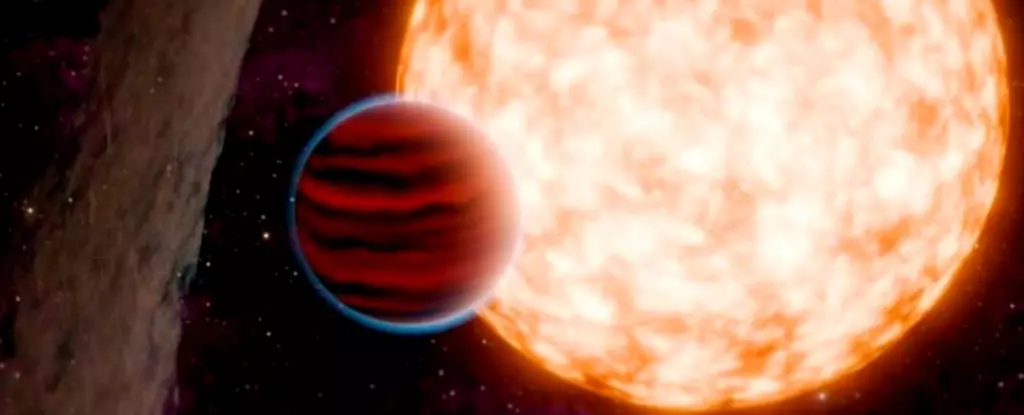The universe is an expansive and enigmatic realm, and astronomers have recently unearthed a fascinating aspect of it: the discovery of TIDYE-1b, one of the youngest planets ever located, at a mere 3 million years of age. This newfound celestial body, also referred to as IRAS 04125+2902 b, stands in stark contrast to our own Earth, which has existed for approximately 4.5 billion years—making our planet 1,500 times older than TIDYE-1b. The existence of such a young planet provides a unique window into the formative processes of planetary systems, inviting scientists to rethink their existing models of planet formation.
Planet TIDYE-1b offers researchers a remarkable opportunity to study the nascent stages of planetary development. According to Madyson Barber, the lead researcher and graduate student from the University of North Carolina at Chapel Hill, the ability to observe such young planets illuminates the processes that govern planetary formation. The very nature of astronomy compels us to confront profound questions about our origins, and discoveries like TIDYE-1b allow us to turn back the cosmic clock, observing how planets coalesce.
The planet was detected using the transit method—a technique in which astronomers observe the light emitted by stars and note the brief dips in brightness that occur when a planet passes in front of them. In the case of TIDYE-1b, NASA’s TESS telescope was pivotal in revealing its presence. Unlike other recently discovered young planets within the 10-40 million-year age range, TIDYE-1b stands out due to its remarkable youth, thereby prompting a re-evaluation of our understanding of pseudo-stellar environments during the planet formation phase.
Typically, young planets are enveloped by thick clouds of gas and dust known as protoplanetary discs, which obscure them from sight. This obscuration is a fundamental challenge in studying celestial formation. TIDYE-1b’s discovery, occurring despite being encased in such debris, provides critical insights into how and why it emerged from these conditions. Interestingly, this planet orbits its host star at an abnormal angle that deviates from the main protoplanetary disc’s alignment, a discovery that challenges traditional planetary formation models.
As described by Andrew Mann, an associate professor at UNC-Chapel Hill, the common understanding is that planets form within disks of gas and dust arranged in a flat, symmetrical manner. TIDYE-1b, however, orbits in a tilted trajectory that cannot be explained by current theories, stirring excitement and curiosity in the scientific community.
TIDYE-1b’s rapid movement—a swift orbit around its star approximately every nine days—suggests that the formation of planets may be occurring more quickly than previously assumed. Traditional models imply that protoplanetary discs take over five million years to dissipate, leading to the absence of younger, detectable planets. As such, this discovery not only provides a rare glimpse at the formation process but also confirms that planets can indeed materialize much earlier than once thought.
Interestingly, the planetary characteristics of TIDYE-1b reveal that it is not as dense as Earth, yet it boasts a diameter approximately 11 times larger. This points towards the potential classification of TIDYE-1b as a “super-Earth” or “sub-Neptune,” creating curiosity about what other planetary types remain unidentified within our galaxy—a vast expanse that seems to host a plethora of these intriguing worlds.
The discovery of TIDYE-1b poses significant implications for our understanding of the universe’s past and future. By challenging existing assumptions, researchers can better understand the mechanisms behind planet formation, helping to inform not just basic scientific inquiries but also the search for life beyond our solar system. The rarity of finding such young planets emphasizes the innovative potential of current astronomical methods, showcasing a need for continued exploration of the cosmos. As we uncover more about these distant worlds, we broaden our grasp of what constitutes planetary systems and embark upon a greater journey of discovery. The depths of space may still contain countless secrets, and it is through findings like TIDYE-1b that we are drawn closer to unveiling them.

